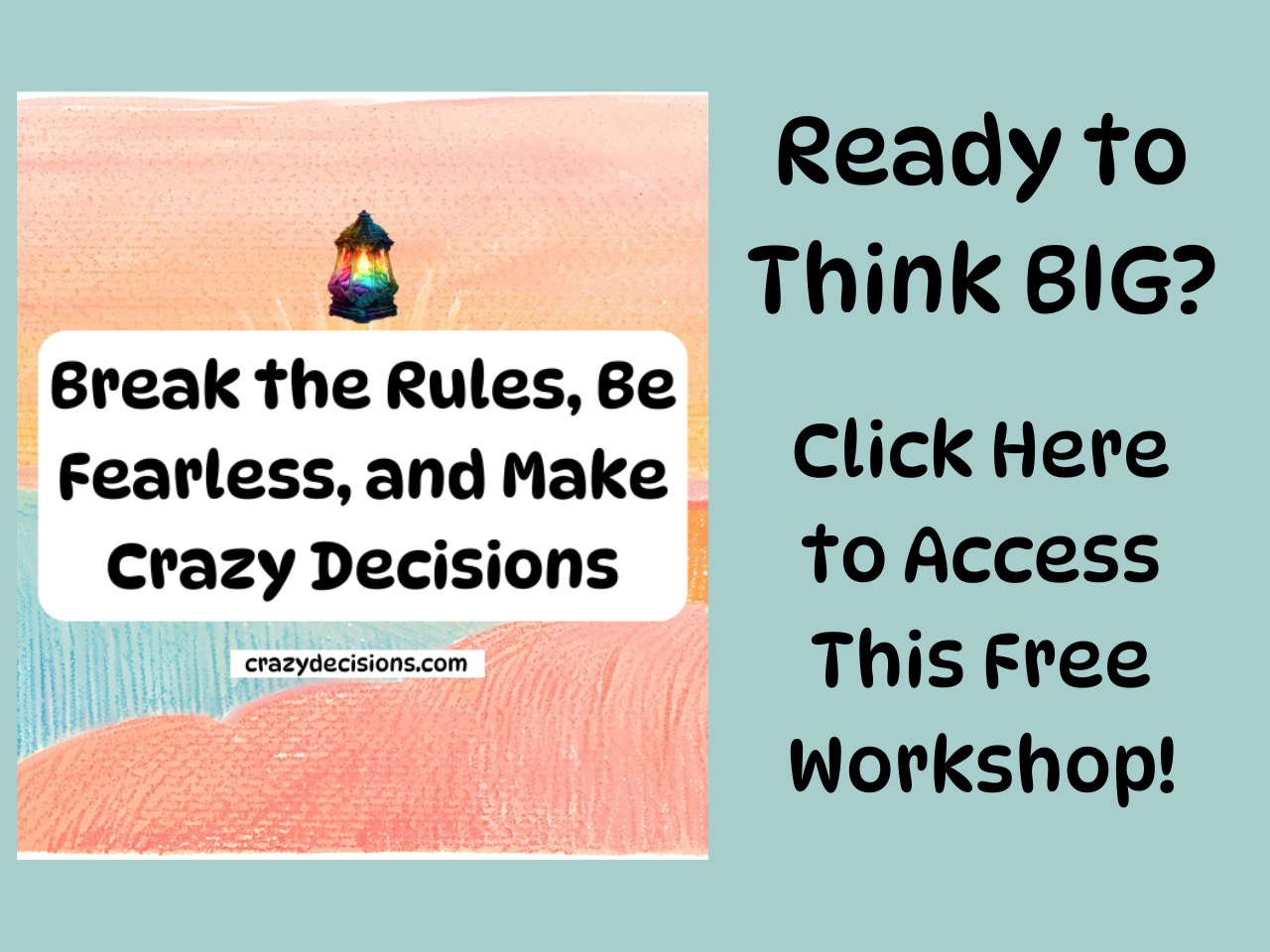
What Successful Entrepreneurs Do Differently When Facing Imposter Syndrome
Imposter syndrome is a common struggle among entrepreneurs, even the most successful ones.
The feeling of self-doubt, of being an imposter in one’s field despite clear evidence of success, can creep in at any stage of the entrepreneurial journey. The difference between those who thrive and those who let it hold them back lies in how they deal with it.
Successful entrepreneurs don’t allow imposter syndrome to define them.
Instead, they take specific actions to reframe their thinking, push through their doubts, and leverage their insecurities for growth.
In this in-depth guide, we’ll explore the habits, mindsets, and strategies that set these high achievers apart.
Table of Contents
Understanding Imposter Syndrome in Entrepreneurship
1. They Acknowledge Their Feelings Without Letting Them Define Them
2. They Reframe Imposter Syndrome as a Sign of Growth
3. They Take Action Despite Their Doubts
4. They Rely on Data, Not Just Feelings
5. They Seek Support from Mentors and Peers
6. They Practice Self-Compassion Instead of Harsh Self-Criticism
7. They Separate Identity from Performance
8. They Embrace Lifelong Learning
9. They Celebrate Wins, Big and Small
10. They Rewire Their Inner Narrative
Final Thoughts: Imposter Syndrome Doesn’t Have to Hold You Back

Understanding Imposter Syndrome in Entrepreneurship
Imposter syndrome manifests as feelings of:
Self-doubt: Despite achievements, entrepreneurs question their competence.
Fear of being exposed: A belief that others will discover they are not as capable as they appear.
Attributing success to luck: A refusal to acknowledge their hard work and skills.
Perfectionism: Setting impossibly high standards, leading to chronic dissatisfaction.
Many successful entrepreneurs, from Elon Musk to Sheryl Sandberg, have admitted to struggling with these feelings. But what makes them different is how they respond to them.
1. They Acknowledge Their Feelings Without Letting Them Define Them
Successful entrepreneurs don’t pretend imposter syndrome doesn’t exist. Instead, they acknowledge it as a normal part of the journey.
How they do it:
They recognize imposter feelings but don’t let them dictate their decisions.
They understand that self-doubt is a universal experience and not a personal flaw.
They separate emotions from reality, reminding themselves that their success is real.
Example:
Howard Schultz, the former CEO of Starbucks, once admitted to questioning whether he was qualified to lead a global company. However, instead of letting these doubts paralyze him, he used them as motivation to work harder and learn continuously.
2. They Reframe Imposter Syndrome as a Sign of Growth
Rather than seeing imposter syndrome as a weakness, successful entrepreneurs interpret it as a sign that they are pushing boundaries and growing.
How they do it:
They view discomfort as a natural part of progress.
They reframe fear as an opportunity to develop new skills.
They use imposter feelings as motivation to keep learning and improving.
Example:
Facebook’s COO, Sheryl Sandberg, has spoken openly about feeling like an imposter at times. However, she reframes these feelings as a sign that she’s challenging herself rather than staying stagnant.
3. They Take Action Despite Their Doubts
One of the biggest differentiators between successful entrepreneurs and those who let imposter syndrome hold them back is action.
How they do it:
They don’t wait until they feel “ready” to pursue opportunities.
They take small, consistent steps forward, even when they’re uncertain.
They focus on results and progress rather than waiting for perfect confidence.
Example:
Richard Branson, the founder of Virgin Group, has repeatedly stepped into industries where he had little prior experience. Instead of succumbing to imposter syndrome, he embraced a "screw it, let’s do it" mentality and learned along the way.
4. They Rely on Data, Not Just Feelings
Imposter syndrome thrives on subjective self-perception rather than objective reality. Successful entrepreneurs counteract this by grounding themselves in facts.
How they do it:
They track their achievements, metrics, and milestones to remind themselves of their competence.
They use customer feedback and business success as proof of their impact.
They separate facts from emotions when assessing their abilities.
Example:
Sara Blakely, the founder of Spanx, kept a journal of her small wins when she was starting out. This helped her counteract the doubts that arose and stay focused on measurable progress.

5. They Seek Support from Mentors and Peers
Entrepreneurs who successfully overcome imposter syndrome surround themselves with people who uplift them.
How they do it:
They seek mentorship from experienced entrepreneurs who have faced similar struggles.
They join mastermind groups, networking circles, or entrepreneur communities.
They openly discuss their doubts rather than isolating themselves.
Example:
Oprah Winfrey has spoken about leaning on her mentors and trusted advisors whenever she faced self-doubt. She credits having a strong support system as key to her success.
6. They Practice Self-Compassion Instead of Harsh Self-Criticism
While many entrepreneurs hold themselves to high standards, successful ones recognize the importance of self-compassion.
How they do it:
They acknowledge mistakes as learning opportunities rather than proof of inadequacy.
They speak to themselves with the same kindness they would offer a friend.
They remind themselves that even the most accomplished people have insecurities.
Example:
Jeff Weiner, former CEO of LinkedIn, advocates for compassionate leadership, both toward others and oneself. He credits this mindset with helping him navigate challenges without being overly self-critical.
7. They Separate Identity from Performance
Many entrepreneurs tie their self-worth to business success. When things don’t go perfectly, imposter syndrome can spiral. Successful entrepreneurs avoid this trap.
How they do it:
They recognize that failure in business does not mean failure as a person.
They define themselves by their values and effort, not just external success.
They focus on long-term growth rather than tying identity to short-term wins or losses.
Example:
Elon Musk has faced multiple business failures, from Tesla production delays to failed SpaceX launches. However, he views each setback as a learning experience rather than an indictment of his worth.
8. They Embrace Lifelong Learning
Successful entrepreneurs don’t assume they need to know everything. Instead, they embrace a mindset of continuous learning.
How they do it:
They read, take courses, and actively seek knowledge.
They remain curious and open to new perspectives.
They shift from a "proving themselves" mindset to a "growing themselves" mindset.
Example:
Bill Gates dedicates hours each day to reading, reinforcing the belief that learning is the key to sustained success rather than innate talent.
9. They Celebrate Wins, Big and Small
Imposter syndrome often makes people dismiss their accomplishments. Successful entrepreneurs combat this by consciously celebrating wins.
How they do it:
They acknowledge progress, no matter how small.
They take time to reflect on achievements rather than always chasing the next goal.
They maintain gratitude for how far they’ve come.
Example:
Arianna Huffington practices gratitude and reflection, recognizing even small victories to maintain a healthy perspective on success.

10. They Rewire Their Inner Narrative
At the core of overcoming imposter syndrome is changing the way one talks to themselves. Successful entrepreneurs intentionally shape their self-talk.
How they do it:
They replace thoughts like "I’m not good enough" with "I am learning and improving."
They remind themselves of past successes when doubt creeps in.
They use affirmations and mindset shifts to cultivate confidence.
Example:
Tony Robbins emphasizes the power of self-talk and teaches entrepreneurs to reframe limiting beliefs into empowering ones.
Final Thoughts: Imposter Syndrome Doesn’t Have to Hold You Back
Even the most accomplished entrepreneurs experience imposter syndrome at times. However, what sets them apart is their ability to manage and overcome it through deliberate strategies.
By acknowledging self-doubt, reframing it as a sign of growth, taking action despite fears, relying on data, seeking support, practicing self-compassion, separating identity from success, embracing learning, celebrating wins, and rewiring inner dialogue, entrepreneurs can turn imposter syndrome from a limitation into a catalyst for growth.
The next time you feel like an imposter, remember: success isn’t about never having doubts—it’s about moving forward despite them.
Needing some CRAZY in your life? Join the club!
👇

© 2024 Crazy Decisions | All Rights Reserved Worldwide
Crank up the Crazy, Dial Down the Doubt

